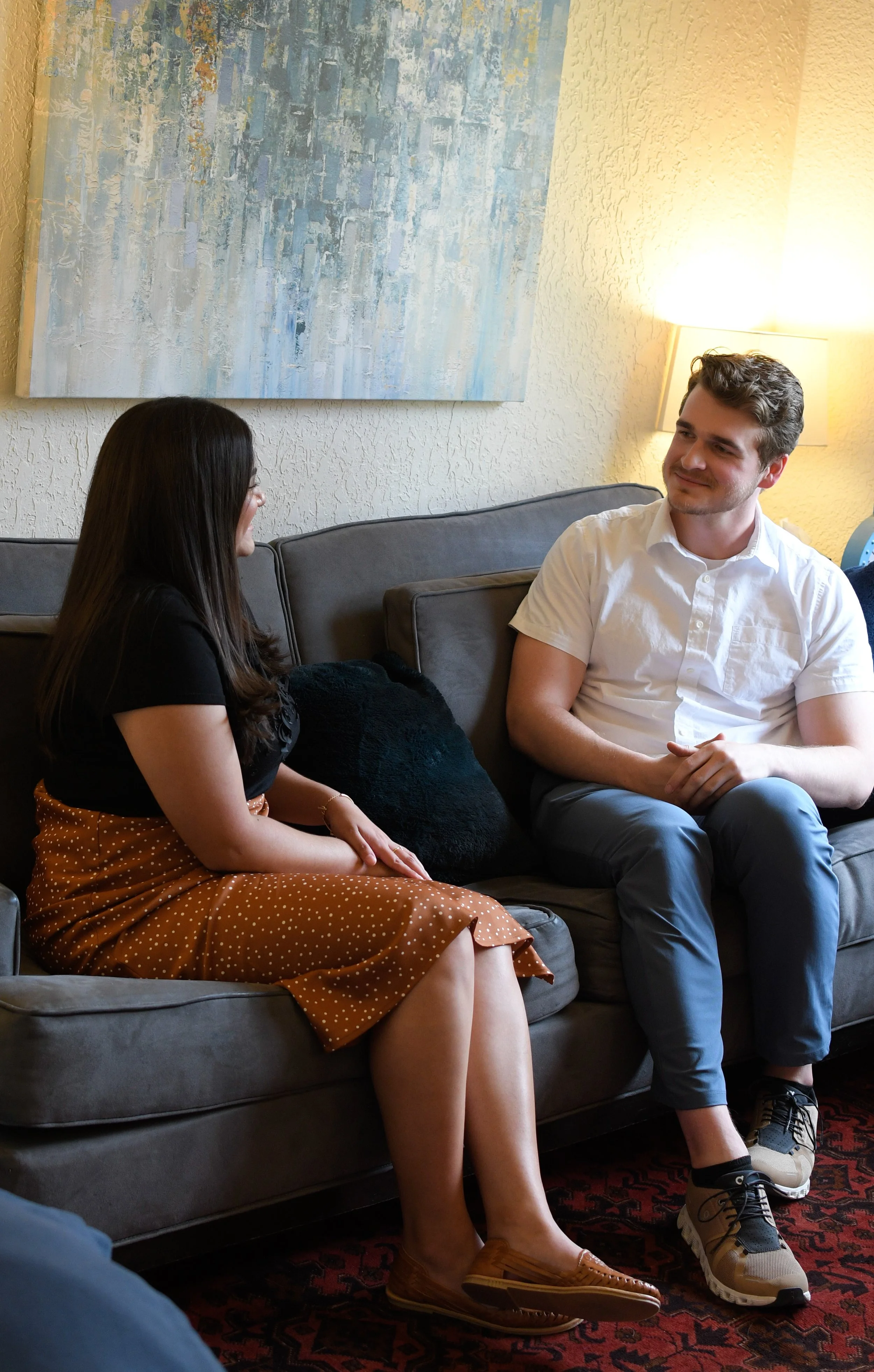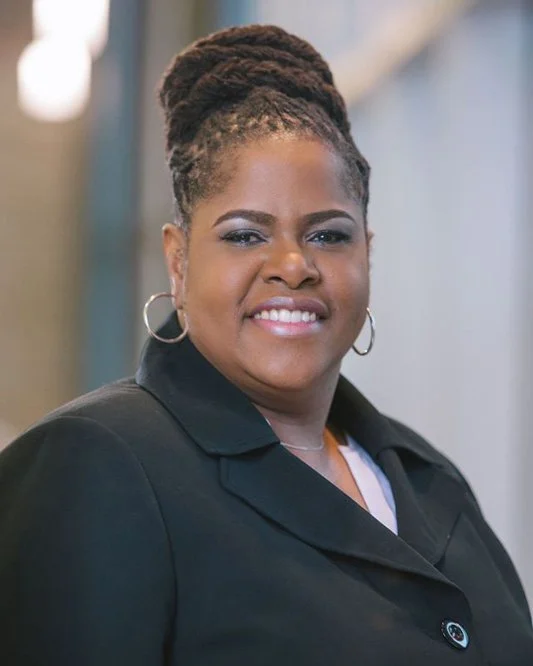National Suicide Prevention
In Crisis?
Call/Text 988
The Lifeline provides 24-hour, confidential support to anyone in suicidal crisis or emotional distress. Call 911 in life-threatening situations.
Crisis Text Line:
Text TALK to 741-741
Text with a trained crisis counselor from the Crisis Text Line for free, 24/7
Mental Health and Suicide
“Suicidal thoughts, much like mental health conditions, can affect anyone regardless of age, gender or background. In fact, suicide is often the result of an untreated mental health condition. Suicidal thoughts, although common, should not be considered normal and often indicate more serious issues.
September is Suicide Prevention Awareness Month —a time to raise awareness of this stigmatized, and often taboo, topic. We use this month to shift public perception, spread hope and share vital information to people affected by suicide. Our goal is ensuring that individuals, friends and families have access to the resources they need to discuss suicide prevention and to seek help.” National Alliance on Mental Illness
Mental Health and Rural America
“In the United States, suicide was responsible for nearly 46,000 deaths in 2020, which is approximately one suicide every 11 minutes. Suicide is a leading cause of death in the United States.
In the past two decades, suicide rates have been consistently higher in rural America than in urban America. Between 2000-2020, suicide rates increased 46% in non-metro areas compared to 27.3% in metro areas. White non-Hispanic people have the highest suicide rates in urban areas (metropolitan counties) while non-Hispanic American Indian and Alaska Native people have the highest rates in rural areas. Moreover, rural residents have 1.5 times higher rate of emergency department visits for nonfatal self-harm than urban residents.” Centers for Disease Control and Prevention
Risk Factors
What are the contributing factors that cause a higher prevalence of suicide in rural communities?
Lack of Access to Mental Healthcare
Often times there is a shortage of mental health providers in rural communities, this may result in a scarcity of options to seek care or create long wait times to be able to establish care with a mental health provider.
Those who are seeking mental health services may worry about affording care, even with insurance, plans vary and some services may not be covered. Incomes are generally lower in rural communities and more people are often uninsured. Out of pocket care may be too expensive for some to afford.
Lastly, transportation can be a significant barrier to seeking care. People living in rural areas often have to travel greater distances to seek care, if they are able, while others may not have access to transportation in order to see a provider.
Stigma
Stigma, the negative view of something or someone caused by shame or judgment, can influence a person’s willingness to seek mental health services as well as the smaller population base and concern regarding anonymity. Stigma from living in a “tight-knit” rural community can also increase the risk for marginalized groups such as LGBTQ+ or racial/ethnic minorities. Decreasing stigmas surrounding mental health may decrease an individual’s reluctance to seek mental health help.
Geographic Isolation
Those who live in rural areas (USDA defines rural as “open countryside with population densities less than 500 people per square mile and places with fewer than 2,500 people.”) to be more geographically distant from neighbors, friends, family and healthcare providers, including those for mental health. Transportation can also be a limiting factor based on distance and access. These distances and barriers can increase feelings of isolation which can increase risk of suicide.
Substance Use
Suicide is a leading cause of death among people who misuse alcohol and other drugs. Approximately 19.3 million adults aged 18 and older in the U.S. have a substance use disorder and a co-occurring mental illness, such as depression. It is estimated that 30-40% of suicide attempts occur while the person is under the influence of alcohol. Alcohol is a depressant, so it may increase an individual's depressed mood and it also decreases inhibitions, making the individual more likely to act on suicidal thoughts. Rates of heavy alcohol use are higher among rural adults aged 18 and older compared to urban adults, and substances are often used to cope with mental health and social challenges.
Access to Firearms
Nearly half (46%) of rural adults report owning a gun, compared to 28% of suburban residents and 19% of urban residents. The top reasons for owning a gun, reported by rural individuals, are for protection, hunting, and sport shooting. While many gun owners store guns safely, more than half of all gun owners (in rural and urban areas) keep their gun loaded and easily accessible. Greater access to firearms may contribute to increased rates of suicide by firearms in rural communities compared to urban communities in the United States.
Socioeconomic Factors
Socioeconomic status is an underlying social determinant of health and also a risk factor for suicide. Residents of rural areas are more likely to experience financial hardships, including poverty, lower income, poor housing quality and instability, unemployment, and lower education attainment. Rural farmers and ranchers are particularly likely to experience financial concerns due to variable prices for commodities, weather affecting crops, and increased debt. This increases stress and has led to higher rates of suicide. Rural Health Information Hub
THE STATE OF MENTAL HEALTH IN THE LGBTQ COMMUNITY
“LGBTQ people experience alarmingly high rates of mental health challenges. It disrupts their daily lives and can be life-threatening, especially for children and youth. Too often, false narratives attempt to blame LGBTQ people for their own mental health challenges. The truth is that mental health challenges in the LGBTQ community are largely due to stigma, discrimination and bias in all of its forms. LGBTQ people also face gaps in receiving adequate mental health care. Significant gaps in health insurance coverage, economic injustice, discrimination, bias, stigma and violence all interact to worsen the mental health challenges facing LGBTQ people today.”
Read more from Human Rights Campaign Foundation on statistics regarding mental health in the LGBTQ community HERE.
2023 U.S. National Survey on the Mental Health of LGBTQ Young People
“The Trevor Project’s 2023 U.S. National Survey on the Mental Health of LGBTQ Young People amplifies the experiences of more than 28,000 LGBTQ young people ages 13 to 24 across the United States. This survey gives a voice to LGBTQ young people — at a time when their existence is unfairly at the center of national political debates and state legislatures have introduced and implemented a record number of anti-LGBTQ policies.
For the fifth consecutive year, these data underscore that anti-LGBTQ victimization contributes to the higher rates of suicide risk reported by LGBTQ young people and that most who want mental health care are unable to get it.
Importantly, this research also points to ways we can all support the LGBTQ young people in our lives by highlighting protective factors like creating affirming spaces and respecting pronouns, as well as the topics about which LGBTQ young people wish those in their lives knew more.”
Explore Trevor Project’s 2023 U.S. National Survey on the Mental Health of LGBTQ Young People HERE.
Suicide Rates Have Risen Among People of Color
“It is well documented that COVID increase some of the risk factors for suicide including mental health issues, substance use, and financial stress. However, these risk factors increased more for younger people and minority groups.
Suicide is a complex health issues and there is never one single cause. Minorities may be especially vulnerable to suicide because it most often occurs when stressors and health issues converge to create an experience of hopelessness and despair.
Depression is the most common condition associated with suicide and it is often undiagnosed or untreated. Minority populations face multiple barriers to health care perpetuated by structural racism. Ongoing stressors, including prolonged environmental stressors and past trauma, can also play a role.
Protective factors that can help mitigate risk include access to mental health care, limiting access to guns, community support, and cultural and religious beliefs that encourage connection and seeking help.”
Read more about suicide rates among black, indigenous, and people of color HERE and HERE.
Read More






























